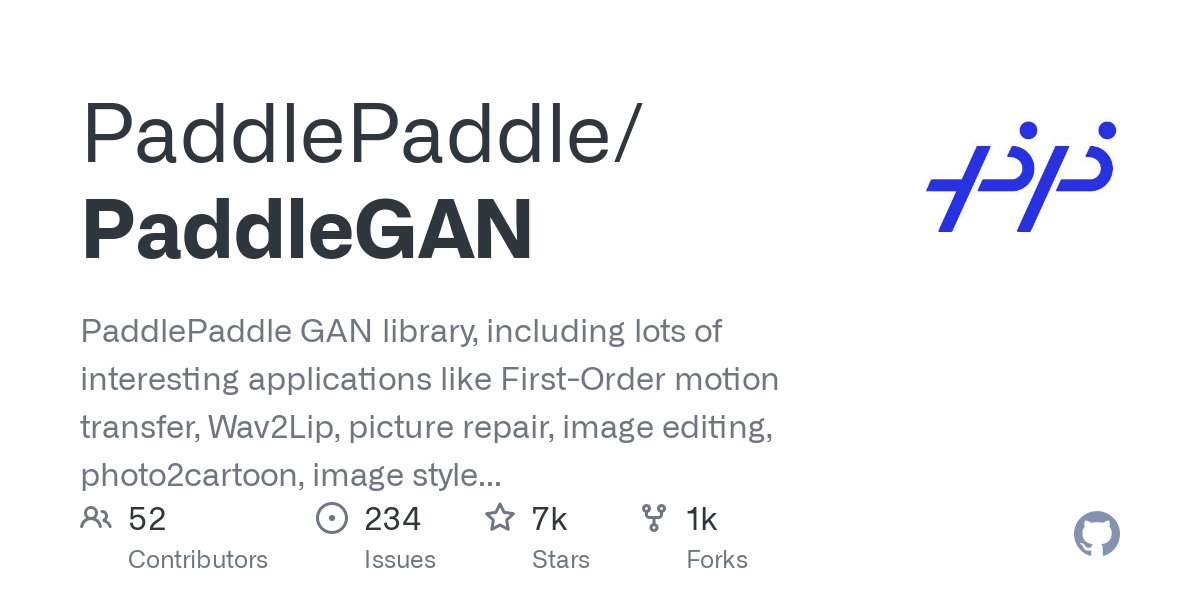
Guide to Generative AI (genai): How it works, Examples, Applications, Tools, and Limitations
robort - 2023-05-27 09:45:16
What is Generative AI (genai)?
Generative AI (Artificial intelligence) or Generative Adversarial Networks (GANs) is a subset of machine learning that uses multiple neural networks to generate new data from existing data. Unlike traditional machine learning algorithms that rely on input-output relationships, generative AI can create new content by understanding and replicating patterns in the training data.
How Does Generative AI Work?
Generative AI (genai) works by combining two neural networks - a generator and a discriminator. The generator creates new data samples that mimic the training data, while the discriminator evaluates these samples and decides whether they are authentic or fake. Through this process, the generator learns to create realistic content that can fool the discriminator, resulting in high-quality synthetic data.
Applications of Generative AI (genai) in Real Life
Generative AI has numerous applications in various industries.
- In healthcare, it can help generate synthetic medical images for training doctors and improving diagnosis accuracy.
- In fashion, it can be used to design unique clothing styles or predict future fashion trends.
- It can also help in video game development, music composition, and even creating deepfakes for entertainment purposes.
Examples of Generative AI
One popular example of generative AI is the website "thispersondoesnotexist.com," which uses GANs to create lifelike images of people who do not actually exist.
Another example is the AI art generator "Deep Dream," which creates trippy and surreal images that can be used for various purposes.
Difference Between Generative AI and General AI
The key difference between generative AI (genai) and general AI is that generative AI focuses on creating new data, while general AI aims to replicate human intelligence in a broad range of tasks.
Generative AI is a subset of machine learning, while general AI is still a developing field that seeks to create truly intelligent machines capable of performing any task that a human can.
Why Call Generative AI?
Generative AI (genai) is called so because it generates new content from existing data. It is unique compared to traditional machine learning algorithms that simply predict outputs based on inputs. Instead, generative AI can create entirely new outputs that mimic the training data.
Generative AI Tools and Platforms
Generative AI (genai) is a complex field that involves a lot of technical knowledge. However, it is possible to create practical applications with the help of generative AI tools and platforms. Here are some of the best generative AI tools and platforms:
OpenAI's GPT-3

OpenAI's Generative Pre-trained Transformer 3 (GPT-3) is one of the most powerful generative AI models available today. It has been trained on a massive amount of data, making it capable of generating high-quality text and even code. With GPT-3, developers can create chatbots, language translation services, and even content creation tools.
PaddlePaddle's PaddleGAN

PaddleGAN is an open-source platform for creating generative adversarial network (GAN) models. It provides pre-trained models for image generation, image-to-image translation, and video generation. The platform also includes a user-friendly interface for creating custom GAN models.
TensorFlow's Magenta

Magenta is a Google-backed open-source project that focuses on music generation using machine learning techniques. The platform includes pre-trained generative models for musical style transfer, melody inference, and polyphonic music generation.
The above-mentioned are just some examples of powerful Generative AI Tools but there are many other options available in the market as well to explore more in this field.
The Advantages of Generative AI
One significant advantage of generative AI (genai) is its ability to create new and unique content without human intervention. This can speed up the creative process in industries such as fashion, art, and music composition. Generative AI can also help improve data privacy by generating synthetic data that does not reveal sensitive information.
Limitations and Challenges of Generative AI
One major limitation of generative AI is that it requires large amounts of high-quality training data to work effectively. Additionally, generative AI models can be computationally expensive and time-consuming to train. Other challenges include ethical concerns surrounding deepfakes and the potential for AI-generated content to perpetuate stereotypes and biases.
The Future of Generative AI
The future of generative AI looks promising, with potential applications in various industries, including healthcare, finance, and entertainment. As technology advances, generative AI (genai) models are likely to become more sophisticated and capable of creating even more realistic and complex content.
How to Get Started with Generative AI
To get started with generative AI, developers need to have a solid understanding of machine learning concepts and programming languages such as Python. They can then explore various tools and platforms such as TensorFlow and PyTorch to build effective generative AI models.
Tips for Building Effective Generative AI Models
To build effective generative AI models, developers need to focus on collecting high-quality training data, selecting appropriate neural network architectures, and fine-tuning the model parameters.
They also need to be aware of ethical concerns surrounding deepfakes and ensure that their models do not perpetuate biases or stereotypes.
Where Can I Use Generative AI?
Generative AI has applications in numerous industries, including
- Healthcare
- Finance
- Gaming
- Entertainment.
It can be used to generate synthetic medical images, predict stock prices, design video game characters, create deepfakes, and even compose music.
Conclusion
Generative AI is a powerful subset of machine learning that has numerous applications in various fields. While it has many advantages, such as the ability to generate new content without human intervention, it also has limitations and challenges, such as the need for large amounts of high-quality training data.
As technology advances, generative AI is likely to become even more sophisticated and capable of creating realistic and complex content. Developers must remain mindful of ethical concerns surrounding the use of generative AI and strive to build effective models that benefit society as a whole.
